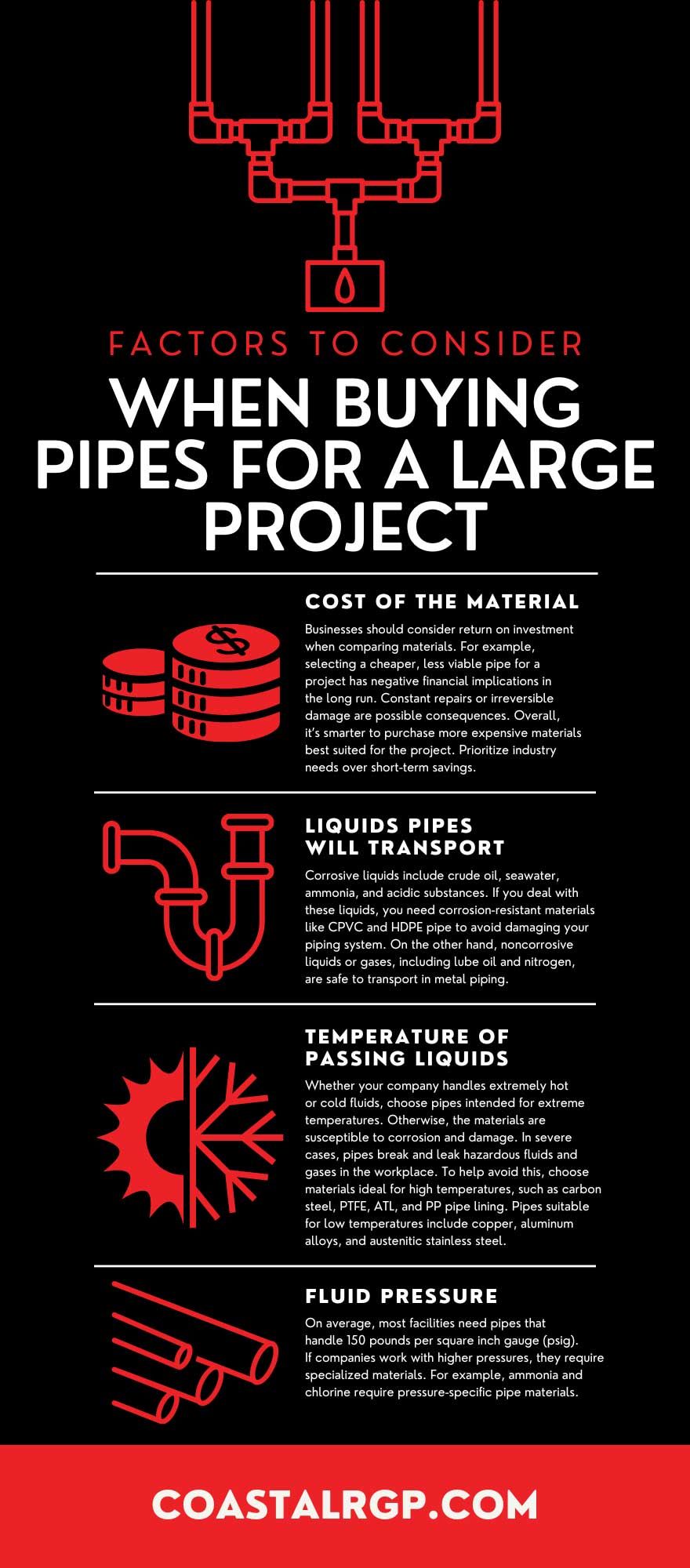Little Known Questions About American Plastics.
Some Known Questions About American Plastics.
Table of ContentsAmerican Plastics - TruthsGetting My American Plastics To WorkAmerican Plastics for DummiesAmerican Plastics Fundamentals ExplainedUnknown Facts About American Plastics
If no steel cord was set up over the plastic pipeline, ground-penetrating radar or acoustical resonance may be used. HDPE pipe ought to be pressure examined in conformity with PPI referrals, (NOTE: various other bell and spigot pipes are tested in different ways than HDPE i.e. allowed leak prices of bell and spigot versus development of PE) For described details on this subject, describe Phase 2 of PPI's Manual of Polyethylene Pipe, second ed.When HDPE pipeline enters or leaves a manhole it is best to utilize a link-seal or a water stop (likewise described as a puddle flange) with securing cement. The link-seal or water quit will prevent water from leaking in between the pipe and cement. https://filesharingtalk.com/members/621862-americanplastics. This depends on numerous factors such as a comparison of the used inner operating stress versus the outside pressure from possible outside tons, consisting of earth loading, hydrostatic loading and superimposed loading

When water ices up strong in a HDPE pipe, it will certainly not burst it, but the pipeline will certainly expand with the ice. Clearly, the application of warm to the frozen section is really the only useful method to thaw it. For security considerations, and to stay clear of damage to the pipe, this need to be done really thoroughly.
About American Plastics
This includes wrapping the afflicted location with pressure sensitive metallic tape over which is wrapped temperature level limited (120oF optimum) warm tracing tape. The metallic tape helps distribute warmth evenly over the pipeline surface. Warm blankets are likewise available, however torches or arc welders should not be made use of to thaw HDPE pipe.
Marking to an optimum deepness of 10% of the pressure pipeline wall thickness is generally tolerable. HDPE Pipe for Oilfield. As a matter of fact, AWWA M55 specifies that "small scrapes or scuffing will not impair use". It also mentions that "pipeline with gouges or cuts in unwanted of 10 percent of the product wall density must not typically be made use of"

For a succinct look at applications, below are some of the most common kinds of HDPE piping and their applications. Piping systems make use of PE 32 or PE 40 for low-pressure applications.
American Plastics for Beginners
PE 80 has a material immune to cracks, so it appropriates in applications vulnerable to cracking, like sewer system and water circulation lines. PE 100 is additionally resistant to splits, and 100 N/mm2 is the minimum necessary stamina. As mentioned, classifications of HDPE piping include nominal stress, material, and shade coding.
Suppliers generate pipelines with various stress qualities (PN grades). This shows the pressure in bars the pipe can support with visit this web-site water at 68 degrees Fahrenheit. The stress grades adhere to European criteria, and they are: PN 2.5 max stress 2.5 bar PN 4max pressure 4 bar PN 6max stress 6 bar PN 10max pressure 10 bar PN 16max stress 16 bar The shade codes that show the stress grade are yellow for PN4, red for PN6, blue for PN10, and eco-friendly for PN16.
Maintain in mind that shades can differ depending on the country. Solid black for commercial applications Blue or black with blue red stripes for alcohol consumption water Yellow or black with yellow stripes for gas conduits HDPE pipeline sizes vary from tiny sizes for residential usage to large sizes for industrial and municipal applications.
Manufacturers establish the dimension of the pipe by its inner diameter and measure them in millimeters. When picking the proper dimension of HDPE pipeline, consider the volume of fluid you need to transport, the anticipated stress the liquid experiences, and the size of the pipe. The total listing of dimensions is substantial.
The 25-Second Trick For American Plastics
Industries take into consideration small stress, product, and other elements when determining which pipes to make use of. Industries utilize PN 10 grade HDPE pipeline for water supply and circulation networks.
It's worth noting that gas needs high resistance to stress, making PN-16 to PN-2 grade pipelines appropriate for operations. The agriculture industry utilizes HDPE pipelines for irrigation and drainage.
Mining companies make use of pipes for slurry transportation and dewatering. Industries choose HDPE piping over standard pipes since they use more benefits.
Getting My American Plastics To Work
For starters, HDPE pipes are exceptionally sturdy and can last a lengthy time with minimal upkeep. HDPE pipes are lighter than typical pipelines for far better handling and transport.